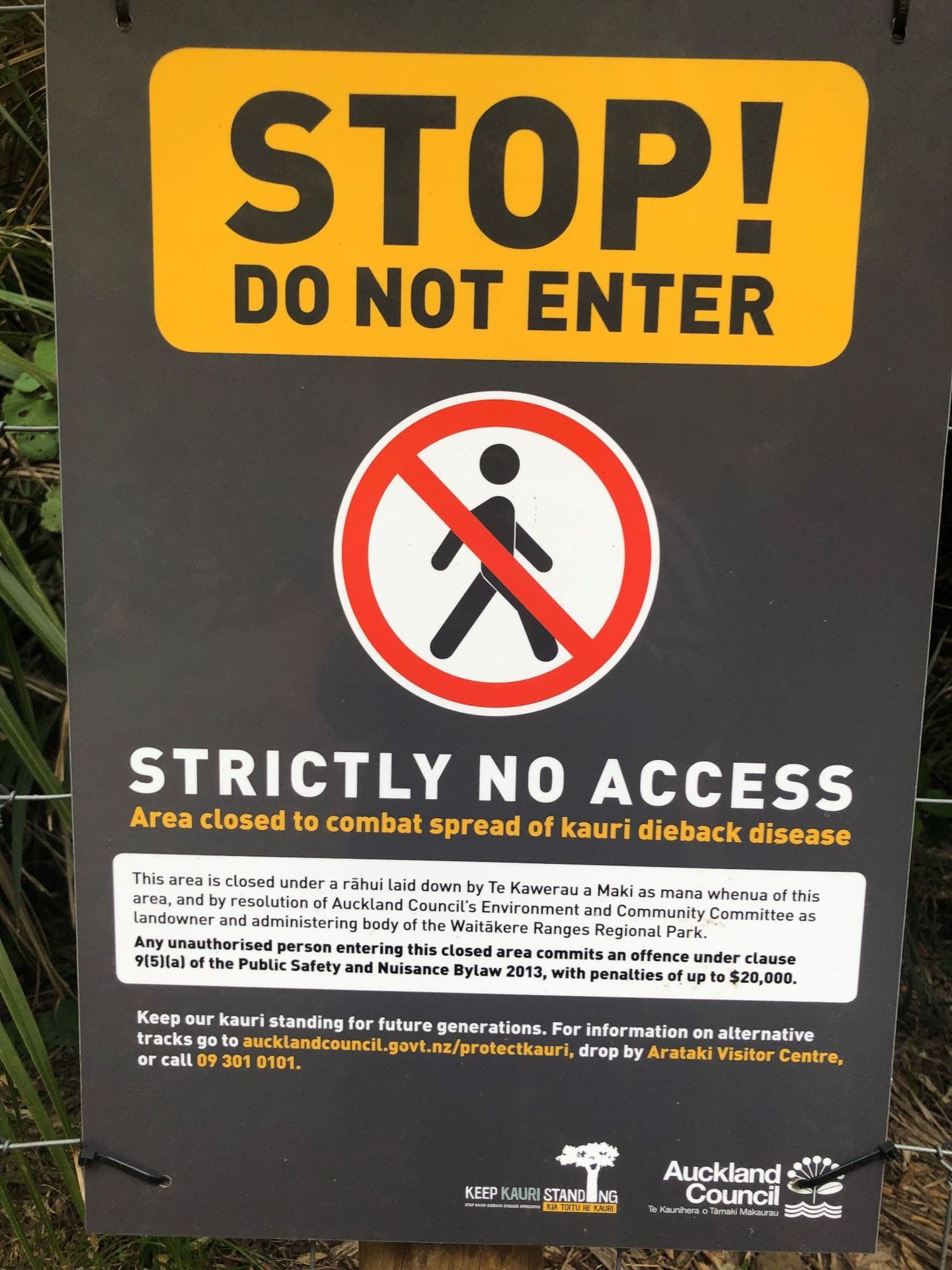
Submitted by Kylie Boggs on the 2019 World Scholars fall semester program in New Zealand…
Throughout my travels in New Zealand, the respect that Kiwis have for nature astounds me. Whether it be in the zoo, in tourist attractions, or in hiking trails, there is a kind of sanctity prescribed to the conservation of the natural environment. At the zoo, for example, there was a distinct spirit of authenticity and naturalism with open pens, wide expanses, and natural décor rather than fierce isolation or separation! The philosophy surrounding this tradition of New Zealand eco-consciousness grew from the indigenous Māori values, and the enforcement of these values can be seen in the New Zealand government.
The Māori concept of Rahui, a temporary restriction on a region for the sake of regeneration, has been instated through law – there were trails in Karekare Beach that were explicitly banned in order to allow the trees there to recover from a severe arboreal disease that had been spread through hikers’ shoes. The tourist attraction known as the Waitomo Glow Worm Caves also took this spirit seriously; visitors were not permitted to touch the cave walls or to take photos in order to protect the natural wonder from the desecration that it had experienced in prior centuries from tourism waves.
Each of these protective rules didn’t just preserve the environment, though, they also enriched the experience. At one point in the caves, we reached a “cathedral” or domed portion where our guide asked someone to sing, and I volunteered. Singing Amazing Grace to a group of strangers in a deep, foreign cave and knowing that no one else could share in that moment made it even more sacred and beautiful. At the Karekare Trails, when I washed my shoes at the cleansing station and avoided the restricted areas, I knew that I was doing my part to protect the native forests of New Zealand. Environmental advocacy is not only about making rules, it’s about creating individual accountability and connection to the natural world, and that connection is something to be treasured and respected.


